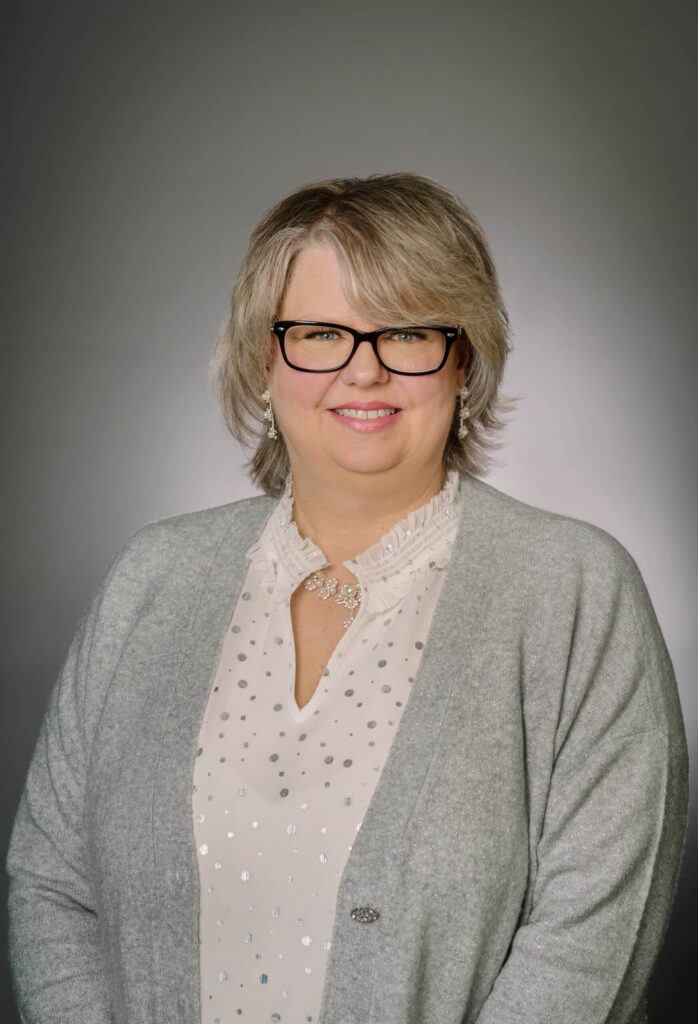Donna Gudmestad, MHL, BSN, RN, CCRN, will tell you she “took the long road into nursing.” As a college student considering her career options, Donna opted to pursue nursing based on exposure to the profession she had gained interacting with home nurses who helped care for her grandfather.
Drawing from that experience, her work as a caregiver began as a Certified Nursing Assistant (CNA) in a nursing home. Donna would go on to work as a Licensed Practical Nurse (LPN) for six years, taking a break to start a family before ultimately going on to become a Registered Nurse (RN).

Director of Clinical Solutions, Caregility
Roughly twenty years would pass between Donna earning her BSN in Nursing from Indiana Wesleyan University and going on to earn her Master of Health Leadership from Western Governors University. Along the way, she gained experience in virtually every facet of the patient care journey, holding nursing roles in academic, long-term care, sub-acute care, rehab, and hospital-based settings.
Perhaps most notably, Donna was among a small but growing constituency of clinicians actively working to modernize care by introducing virtual workflows at the bedside. Using the expertise she cultivated working as an ICU nurse at St. Louis University Medical Center and as a nurse manager at Mercy Virtual, Donna was offered a role as the Director of Operations leading six virtual service lines across a four-state region.
Donna currently puts her 30+ years of nursing and 14+ years of telehealth implementation experience to use as Director of Clinical Solutions at Caregility, where she works with some of the nation’s leading health systems to bring clinically sound virtual care programs to life. That includes emerging virtual nursing models.
Although virtual nursing is rightfully generating buzz, Donna observes that the concept is not new. “TeleICU is one flavor of virtual nursing,” she notes. “We have been doing medication second signature and other workflows virtually for 15 years within the critical care space.” She sees the expansion of those practices into lower acuity hospital units as a natural next step in improving patient care delivery.
“Whereas before it was a battle, COVID really opened people’s eyes to what technology can do to help nurses at the bedside.”
– Donna Gudmestad
Drawing from her experience as a clinician and virtual care forerunner, Donna is a wealth of knowledge for care teams standing up virtual programs. Her number one recommendation is to do your due diligence upfront. “Don’t stand something up and think you’re going to come back and clean it up,” Donna notes. “Do it right the first time. Decide which workflows you want to start with. What are your goals? What’s your measure of success? Align your metrics up front so you can measure your performance.”
Donna encourages leadership teams to involve bedside staff in program development early on to fully understand their challenges and build a program that adequately addresses them. “Sometimes we do things we think are helpful because we’re not in the hot seat every day,” says Donna. “The devil is in the details and bedside staff hold valuable knowledge that’s needed to really streamline workflows.”
When asked where she sees healthcare in 10 years, Donna is resolute in her perspective that virtual nursing and telemedicine will be normalized as a standard, additional mode of care delivery. “A nurse or provider will be able to come into a patient’s room virtually to accomplish much of what is done in person today,” she explains. “Peripherals and AI-supported transcription will support them, so they won’t have to type anything into their computer.”
Though critical care is destined to remain in-house, Donna sees an increased need for nurses beyond the four walls of the hospital. “A lot of care will be pushed out into the home whenever it’s appropriate,” she elaborates. “Many things can be done within the home, which more often than not increases patient comfort and reduces care costs.”
She views virtual nursing programs as practice for that future state and posits that “nursing will look very different in a decade.” That will likely entail a virtual-first engagement strategy where hands-on teams are deployed as needed – the inverse of what we typically see today. Donna is also optimistic about the broader use of AI in care delivery to make that future state possible, but notes that “with power comes responsibility.”
“Nurses have a thousand things on their plate,” she points out. “At the end of the day, the goal is to make it easier for clinicians to deliver high-quality care that is augmented by technology.”
Interested in connecting with a Caregility Clinical Program Manager to discuss your virtual care strategy? Contact us today!









